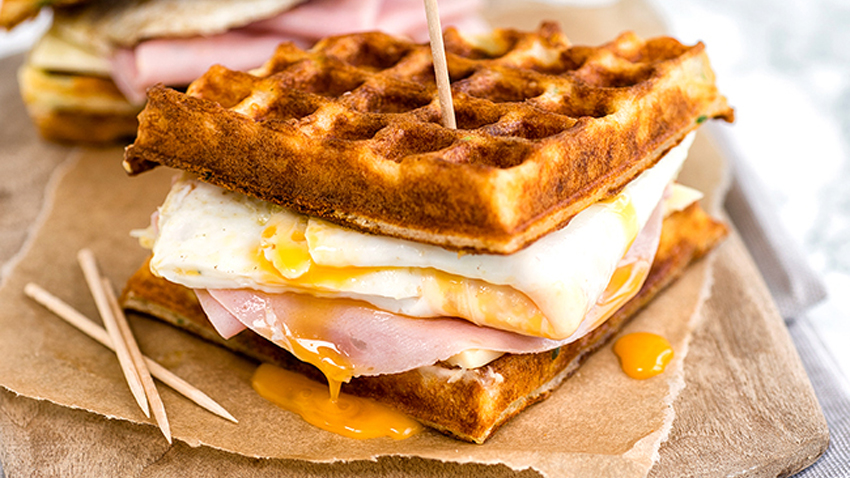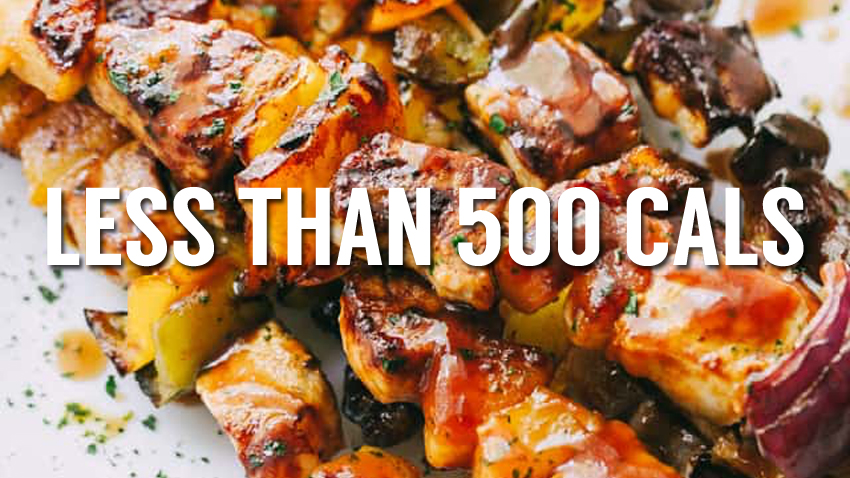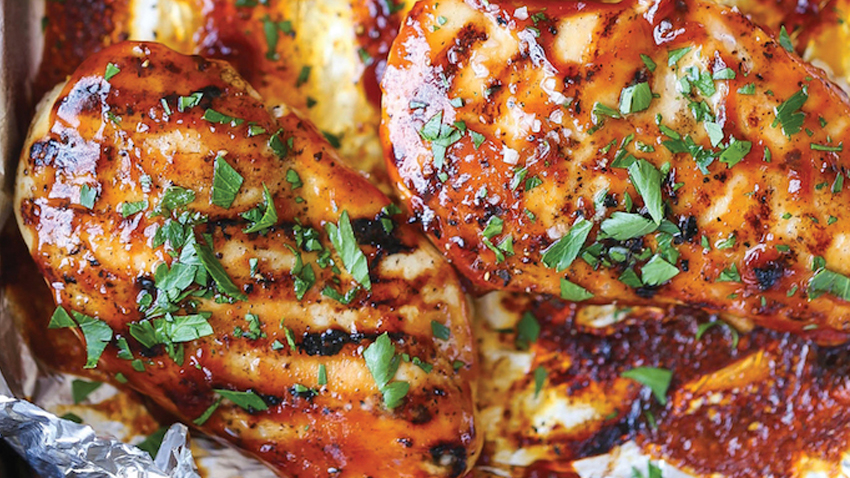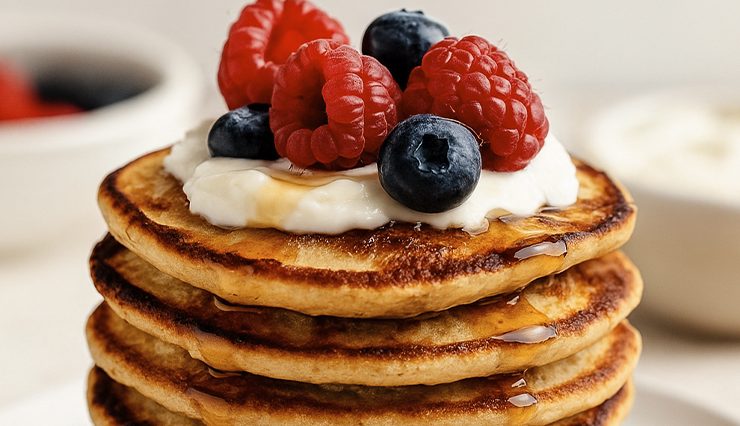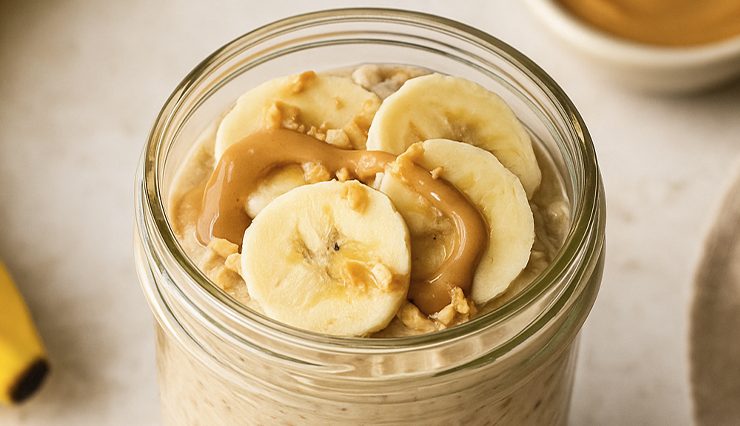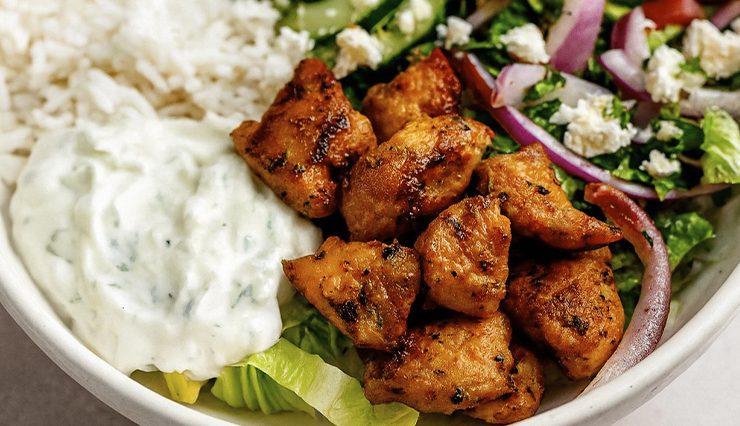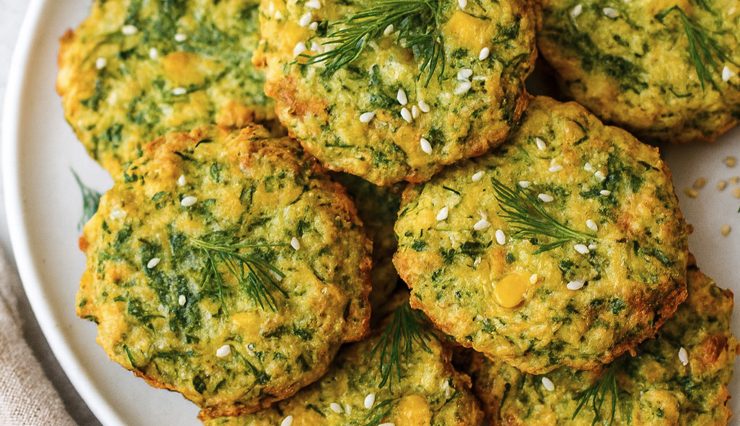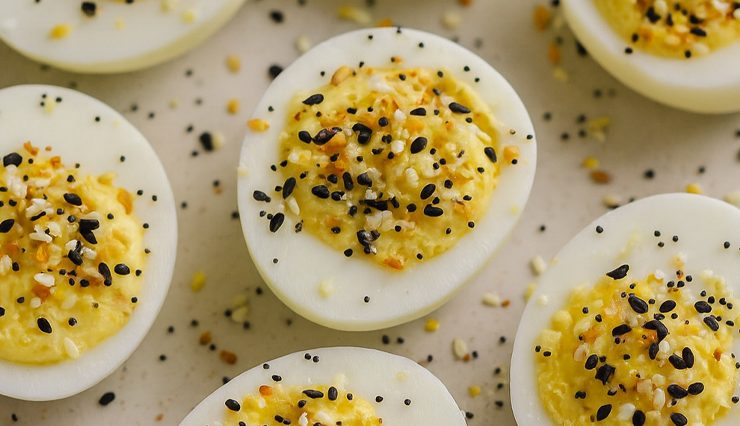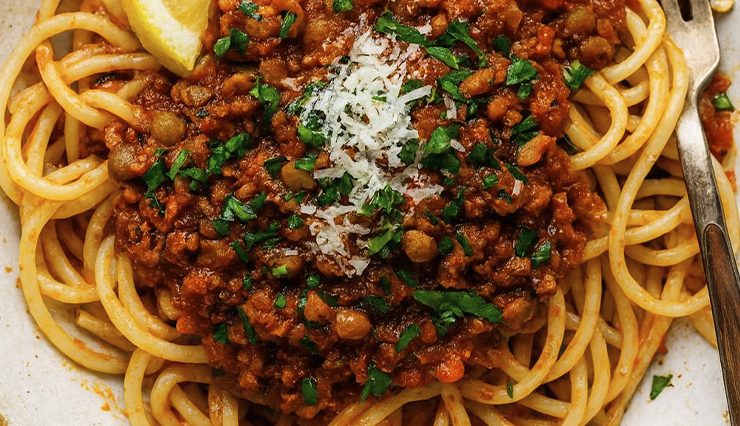AI Grocery List Generator: Shop Smarter, Save Money & Lose Weight
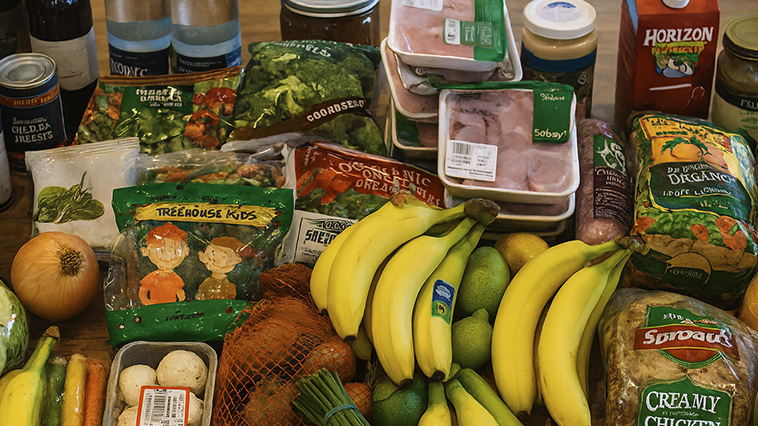
Trimmed&Toned Team.
If you’ve ever wandered through the supermarket without a plan and ended up spending more money than you wanted to, you’re not alone. Grocery shopping is one of the easiest areas to overspend, and without a structured list, you often end up with items that don’t help your health or your wallet. This is where an AI grocery list generator can transform your shopping habits, helping you eat healthier, stay on track with weight loss, and save serious money.
Thanks to the rise of artificial intelligence, tools like AI-powered meal planners, AI shopping list apps, and smart grocery budgeting tools can now take the guesswork out of shopping. Instead of scribbling notes on paper or randomly grabbing food that looks good, you can generate a structured list based on your goals, dietary needs, and budget. This article will guide you through exactly how to use an AI grocery list generator, why it’s so effective, and how to maximize results for both your health and your finances.
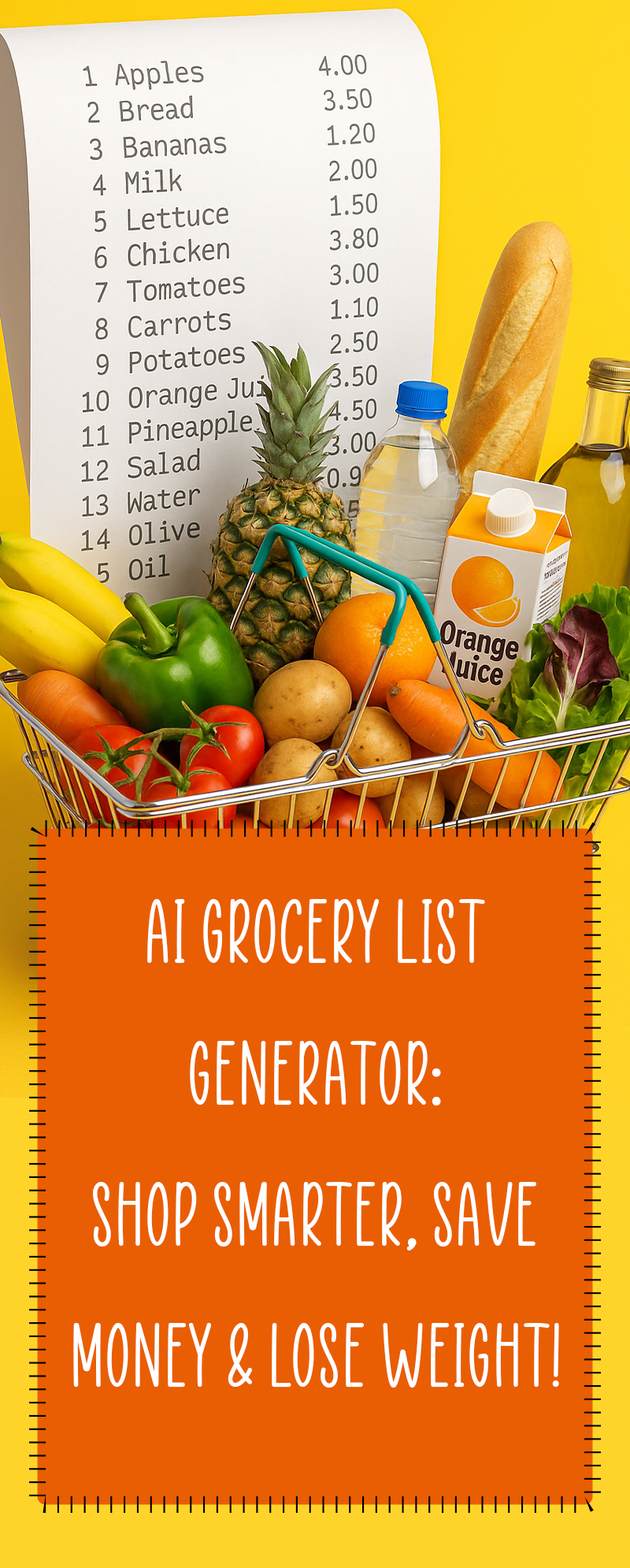
Why Grocery Lists Matter in the First Place
Before diving into AI, let’s talk about grocery lists themselves. According to research from PubMed Central, shoppers who use a list are more likely to buy healthier items and stick to their budgets. Lists act as a form of “pre-commitment,” making it less likely you’ll fall for impulse purchases. They also reduce decision fatigue — instead of standing in an aisle debating what to buy, you’ve already made the decision at home.
In weight loss specifically, grocery lists are powerful because they remove guesswork. If you only stock your fridge and pantry with foods that align with your goals, you eliminate much of the temptation to snack or overeat. That’s why combining a structured grocery list with strategies like meal prep is such a game-changer.
What Is an AI Grocery List Generator?
An AI grocery list generator is a tool that uses artificial intelligence to create a customized shopping list based on your preferences, budget, and health goals. These tools typically analyze inputs such as:
- Your weekly or monthly budget
- The number of people you’re cooking for
- Your dietary needs (vegetarian, high protein, gluten-free, etc.)
- Your fitness or weight loss goals
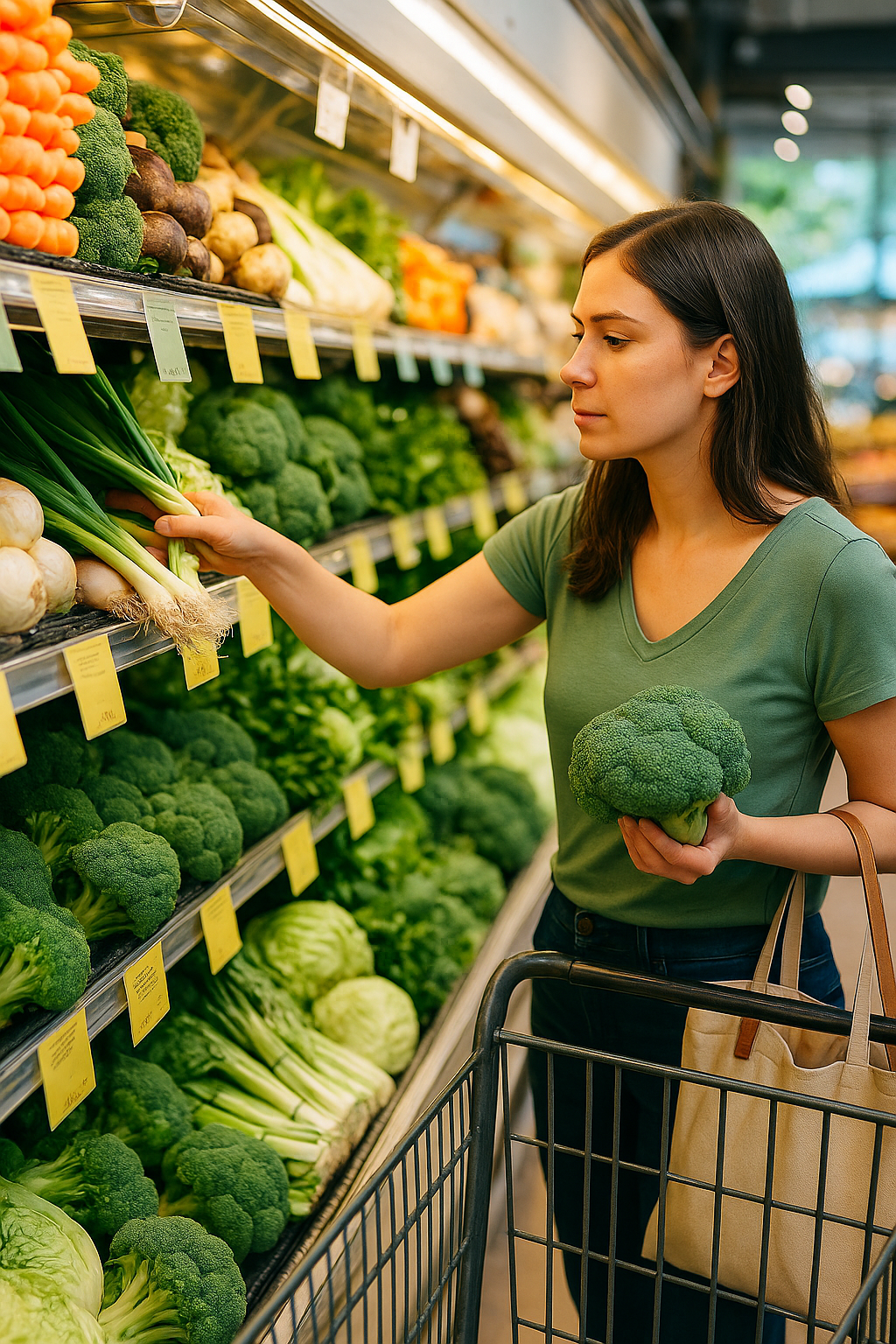
The generator then creates a balanced shopping list that aligns with your plan. Many even suggest recipes and meal prep ideas, taking convenience one step further.
For example, our AI meal plan generator works in a similar way, but focuses on creating full weekly meal plans for fat loss. Pairing that with an AI grocery list generator ensures that you know exactly what to buy, preventing food waste and impulse spending.
Screenshot idea here: Screenshot of a free AI tool (like ChatGPT or Whisk) showing a generated grocery list based on “vegetarian, 7-day meal plan, £40 budget.”
Manual Grocery Lists vs. AI-Generated Lists
For decades, people have written grocery lists by hand — on scraps of paper, notepads, or phone notes. And while this works, it has limitations. Handwritten lists rely entirely on memory, and unless you carefully plan out meals, you’re likely to miss ingredients or buy redundant items.
AI grocery list generators, on the other hand, automate the process. Instead of writing down “chicken” and “rice,” you can input your weekly calorie goal, and the AI will suggest exact quantities, recipes, and balanced meals. It’s like having a dietitian and budget planner in your pocket.
Screenshot idea here: Side-by-side image: a handwritten list with vague items (“snacks, pasta, fruit”) vs. an AI-generated list with specifics (“3x chicken breast, 500g oats, 2 avocados”).
Why Use AI for Grocery Shopping?
There are three big reasons why AI grocery list apps are becoming popular:
- Budget control: By sticking to a pre-made list, you cut out impulse purchases. The average shopper spends 20–30% more when shopping without a list (Harvard Business Review).
- Healthier choices: AI tools prioritize nutrient-dense foods based on your goals, so you’re less likely to fill your basket with unhealthy snacks.
- Time efficiency: Instead of wandering aisles, you know exactly what you need and where to find it, making shopping trips much faster.
This approach doesn’t just save money — it also makes it easier to stay consistent with fat loss or healthy eating. Pairing it with strategies like low-calorie dinner recipes makes your week more organized and stress-free.
How to Use an AI Grocery List Generator
Using an AI grocery list generator is simple, but the more detail you provide, the better your results. Here’s how to get the most out of it:
- Define your goals: Are you trying to lose fat, build muscle, or just eat healthier? Entering your goals ensures the list supports them.
- Set your budget: Be specific — whether it’s £40 per week or £150 per month, AI tools can tailor the list accordingly.
- Choose your diet type: Vegetarian, high protein, low-carb, or flexible eating.
- Input preferences: Hate broccoli? Allergic to peanuts? The tool adjusts instantly.
- Generate & shop: Once your list is ready, stick to it. The power is in the discipline of following through.
If you’re already using apps like weight loss tracking apps, pairing them with an AI grocery list tool creates a complete ecosystem — plan your meals, track your calories, and shop only for what supports your progress.
Case Study: Testing an AI Grocery List for One Week
To see how effective these tools really are, I tested an AI grocery list generator for one week with a simple goal: spend no more than £40 and hit at least 120g of protein per day. I input my preferences (high protein, quick meals, budget-friendly) into the tool.
The result was a list centered around staples like chicken breast, Greek yogurt, lentils, oats, and frozen vegetables. The AI even suggested rotating recipes like overnight oats for breakfast, lentil soup for lunch, and chicken stir-fry for dinner. Not only did I stay under budget (£37.40 total), but I also reduced food waste — every ingredient had a purpose.
By the end of the week, I had lost 1.5 pounds while feeling full and energized. The big difference? Having a structured list meant no random snacks, no forgotten ingredients, and no emergency takeaways.
Screenshot idea here: Example of a generated list broken into categories: proteins, carbs, vegetables, healthy fats, snacks.
Who Benefits Most from AI Grocery Lists?
Different people use AI lists in different ways. Here are some use cases:
- Busy parents: Save time by generating a family-friendly shopping list that includes kid-approved meals.
- Students: Stick to tight budgets with affordable, bulk-friendly items like rice, beans, and frozen veg.
- Professionals: Avoid weekday takeaways by prepping healthy lunches with structured lists.
- Athletes: Generate high-protein, performance-focused lists that support training.
- Over 40: Focus on nutrient density and joint-friendly foods for sustainable weight loss.
Example AI Grocery Lists for Weight Loss
Here are some example categories you might see in an AI-generated grocery list for fat loss:
- Proteins: Chicken breast, canned tuna, lentils, Greek yogurt, eggs.
- Carbohydrates: Brown rice, oats, sweet potatoes, wholegrain pasta.
- Vegetables: Spinach, broccoli, mixed peppers, carrots, zucchini.
- Healthy fats: Olive oil, avocado, almonds, chia seeds.
- Snacks: Protein bars, cottage cheese, sliced apple with peanut butter.
This type of list keeps calories in check while ensuring you hit all major nutrients. It’s also cost-efficient — staples like oats, beans, and rice are cheap and last a long time.
For more inspiration, see our budget weight loss recipes roundup, where we highlight meals that are both affordable and effective for fat loss.
Pros and Cons of AI Grocery Lists
Like any technology, AI tools have strengths and limitations:
- Pros: Saves money, eliminates waste, promotes healthier eating, saves time, adaptable to goals.
- Cons: Requires accurate inputs, some apps are paid, may miss cultural or personal preferences, can feel rigid if you like flexibility.
Tips to Maximize Results with AI Grocery Lists
- Meal prep in bulk: Use your grocery list to batch cook meals like chili, stir-fries, or soups that last several days.
- Stick to your list: The real savings happen when you avoid impulse buying — AI can’t help if you still grab crisps at the checkout.
- Cross-reference nutrition info: Use trusted sources like USDA FoodData Central to make sure you’re hitting calorie and nutrient goals.
- Rotate meals: Keep 2–3 “base recipes” each week and change small ingredients to avoid boredom.
- Track your spending: Apps like YNAB or Mint can help you see exactly how much your new AI-powered approach saves you each month.
Are AI Grocery List Generators Reliable?
Yes — but with a caveat. These tools are only as good as the information you provide. If you’re vague with your inputs, the list may be generic. However, if you enter your exact goals, budget, and preferences, the results can be surprisingly accurate and useful.
Keep in mind that AI tools are best used as a starting point. Always double-check recommendations against your personal health needs or advice from a doctor. For example, Mayo Clinic guidelines on healthy eating are a great resource to cross-check.
The Future of AI and Smart Shopping
AI is only getting smarter. In the near future, grocery list tools may sync directly with your local supermarket, auto-order staples, and even suggest discounts in real-time. Imagine walking into a shop and having your phone guide you aisle by aisle, only picking up what’s best for your body and your wallet.
Some experts even predict that AI will connect with wearable devices, recommending groceries based on your current nutrient intake and activity levels. If your fitness tracker shows you’re low on protein, your list could update in real-time to suggest high-protein snacks.
For now, combining an AI grocery list generator with tools like our AI meal plan generator and proven strategies like intermittent fasting creates a powerful ecosystem that makes weight loss simpler than ever.
Final Thoughts
Eating healthier and saving money don’t have to be competing goals. With the help of AI, you can shop smarter, stick to your budget, and stay consistent with your weight loss plan. By removing impulse decisions and focusing on structured, goal-driven lists, you’ll make better choices every time you shop.
If you’ve been struggling to stay on track, try pairing an AI grocery list generator with meal prep, calorie tracking, and the right workout plan. Over time, these small but consistent habits compound, leading to lasting fat loss and better health.
Start small — generate your first list, shop with purpose, and watch how much easier it becomes to stick to your diet and your budget.
FAQ
Question: What is an AI grocery list generator?
Answer: An AI grocery list generator is a tool that creates customized shopping lists based on your budget, dietary needs, and fitness goals. It helps you buy only what you need, avoid impulse purchases, and stick to your health plan.
Question: Can AI grocery list tools help me lose weight?
Answer: Yes. By focusing your shopping on nutrient-dense, low-calorie foods, AI grocery list tools make it easier to stay consistent with a weight loss plan. They reduce temptation and ensure you always have the right ingredients for healthy meals.
Question: Are AI grocery list generators free to use?
Answer: Many AI grocery list generators are free or offer limited free versions. Some advanced apps may require a subscription, but you can still get effective results from free tools.
Question: Do I still need to meal prep if I use an AI grocery list generator?
Answer: Yes. While an AI tool helps you shop smarter, meal prep ensures you actually use the food you buy. Combining both makes weight loss easier and helps reduce food waste.
Trimmed&Toned Team.

